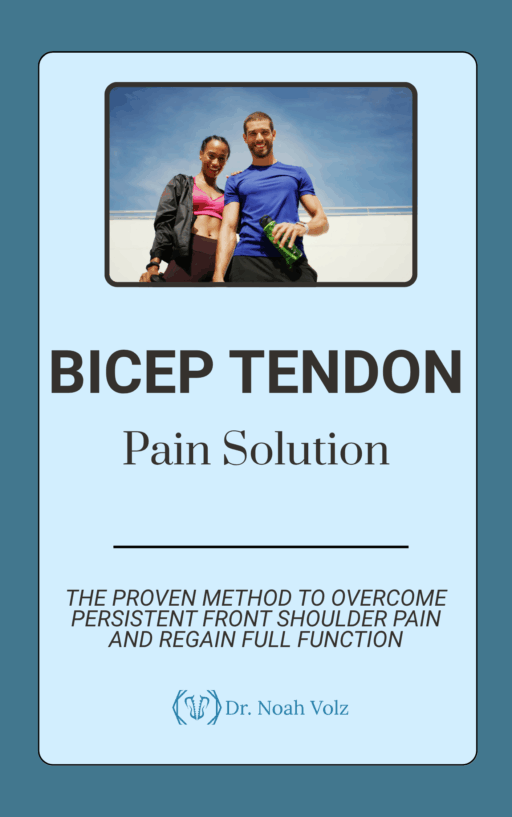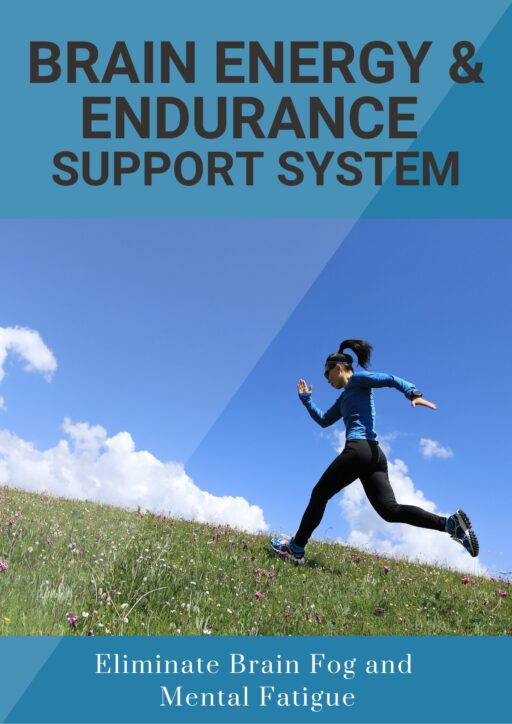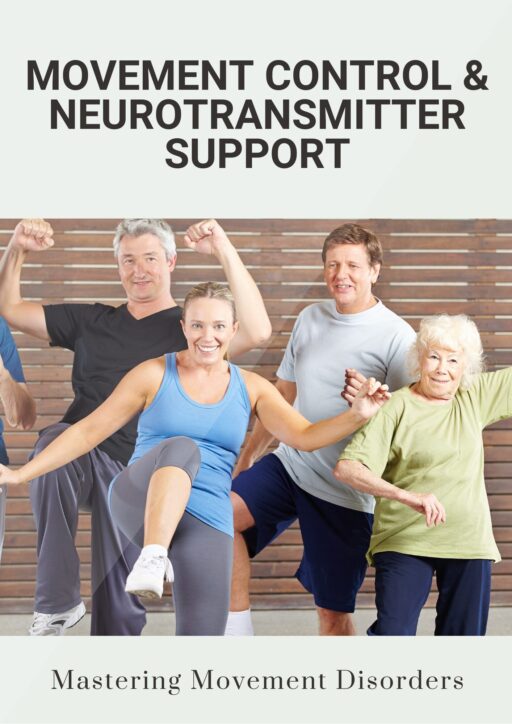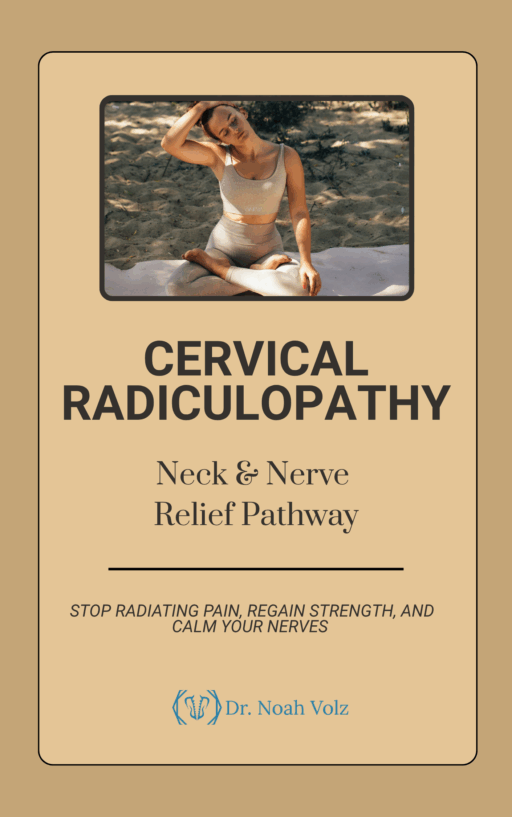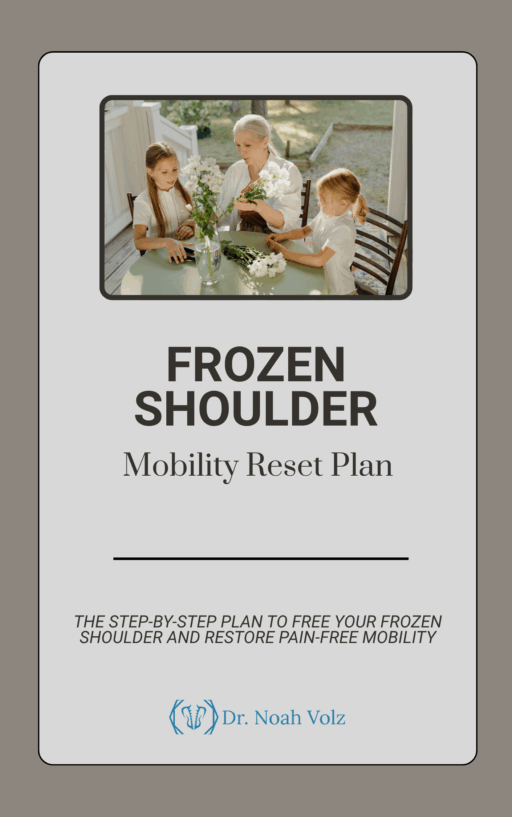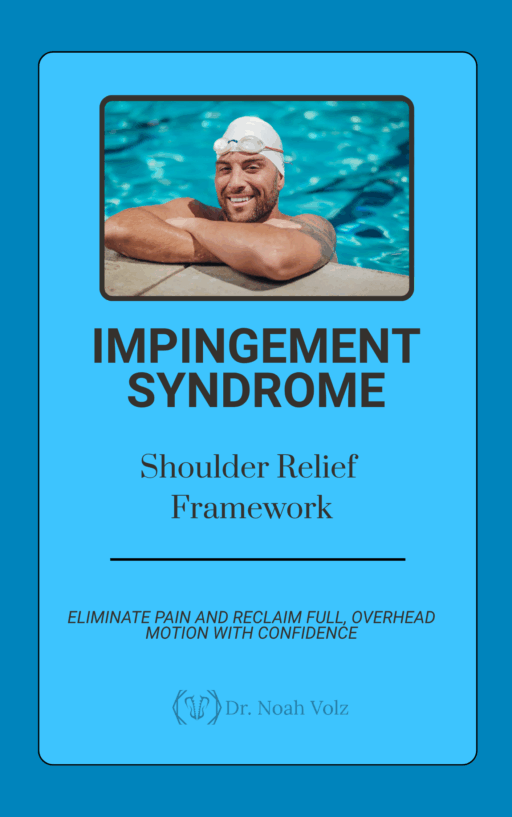As a chiropractor in Ashland, OR, I often see young patients who have experienced concussions. Whether from sports, accidents, or falls, concussions can be scary for both kids and parents. But with the right knowledge and care, we can help protect our children’s brains and support their recovery. In this post, we’ll explore what you need to know about concussions in kids, from prevention to recovery.
Understanding Concussions: More Than Just a Bump on the Head
When we think of concussions, we often picture someone getting knocked out. But did you know that you don’t have to lose consciousness to have a concussion? In fact, most concussions happen without any loss of consciousness at all.
A concussion is a type of brain injury that can happen in two main ways:
1. A direct hit to the head (like bumping your head on something)
2. A sudden, fast movement of the head (like whiplash in a car accident)
These injuries can cause the brain to move around inside the skull. This can lead to bruising, damage to blood vessels, and injury to the nerves.
Why Concussions in Kids Are Different
Children’s brains are still growing and changing. This means that a concussion can affect a child differently than an adult. It’s also why it’s so important to take concussions in kids seriously and give the brain time to heal.
Signs and Symptoms of a Concussion
After a head injury, it’s important to watch for signs of a concussion. These can include:
• Headache
• Feeling dizzy or confused
• Being sensitive to light or noise
• Feeling tired or sluggish
• Changes in sleep patterns
• Trouble concentrating or remembering things
• Feeling irritable or emotional
• Nausea or vomiting
If you notice any of these signs after your child has had a head injury, it’s important to see a doctor right away.
Preventing Concussions: Proactive Steps for Brain Health
While we can’t prevent every accident, there are things we can do to lower the risk of concussions:
1. Wear proper safety gear: This includes helmets for activities like biking, skateboarding, or playing contact sports.
2. Follow safety rules: In sports, make sure your child knows and follows the rules. Many of these rules are designed to prevent injuries.
3. Strengthen the neck and core muscles: Strong neck and core muscles can help stabilize the head during impact.
4. Create a safe environment: At home, remove tripping hazards and use safety gates on stairs for young children.
5. Educate your child: Teach your child about the importance of reporting any head injuries, even if they seem minor.
In addition to these safety measures, we can also support brain health through nutrition. A diet rich in omega-3 fatty acids, found in fish and nuts, can help support brain function. Some families also choose to use supplements like vitamin B6 or NAC (N-Acetyl Cysteine) to support brain health, but always talk to your doctor before starting any new supplements.
What to Do If You Suspect a Concussion
If you think your child might have a concussion, it’s important to act quickly:
1. Remove your child from play immediately: If the injury happened during sports, don’t let them return to the game.
2. See a doctor: A healthcare professional can properly diagnose a concussion and provide guidance for recovery.
3. Rest the brain: This means limiting activities that require mental concentration, like schoolwork, reading, or screen time.
4. Monitor symptoms: Keep track of any symptoms and how they change over time.
5. Follow the doctor’s instructions: This might include a gradual return to activities as symptoms improve.
Remember, it’s better to be cautious. A “wait and see” approach can actually do more harm than good when it comes to brain injuries.
Supporting Recovery: Helping the Brain Heal
Recovering from a concussion takes time and patience. Here are some ways you can support your child’s recovery:
1. Rest: Both physical and mental rest are crucial in the early stages of recovery.
2. Gradual return to activities: As symptoms improve, slowly reintroduce normal activities under the guidance of your healthcare provider.
3. Healthy diet: Focus on anti-inflammatory foods and those rich in omega-3 fatty acids.
4. Stay hydrated: Proper hydration is important for brain function.
5. Manage stress: Stress can worsen concussion symptoms, so find ways to help your child relax.
6. Be patient: Recovery times can vary. Some kids recover quickly, while others may take weeks or even months.
The Role of Chiropractic Care in Concussion Recovery
As a chiropractor in Ashland, OR, I often work with children recovering from concussions. While chiropractic care isn’t a cure for concussions, it can be a helpful part of the recovery process. Here’s how:
1. Addressing neck issues: Concussions often involve the neck as well. Gentle chiropractic adjustments can help with any misalignments that may have occurred during the injury.
2. Reducing headaches: Many concussion sufferers experience headaches. Chiropractic care can often help reduce the frequency and intensity of these headaches.
3. Improving balance: Concussions can affect balance. Certain chiropractic techniques can help improve proprioception (your body’s sense of position) and balance.
4. Supporting overall healing: By ensuring that the nervous system is functioning optimally, chiropractic care can support the body’s natural healing processes.
5. Providing guidance: Chiropractors can offer advice on exercises, nutrition, and lifestyle factors that can support recovery.
Remember, chiropractic care should always be part of a comprehensive treatment plan developed in conjunction with your child’s primary care provider or concussion specialist.
Returning to Play: A Gradual Approach
One of the most common questions I get from parents is, “When can my child return to sports?” The answer is: only when they’re completely symptom-free and have been cleared by a healthcare professional.
Here’s a general guideline for returning to play:
1. Complete rest until symptom-free
2. Light aerobic exercise (like walking)
3. Sport-specific exercise without contact
4. Non-contact training drills
5. Full contact practice
6. Return to competition
Each step should take at least 24 hours, and if any symptoms return, your child should go back to the previous step.
Long-Term Considerations: Watching for Lasting Effects
While most kids recover fully from concussions, it’s important to be aware of potential long-term effects. These can include:
• Difficulty with learning or concentration
• Changes in mood or behavior
• Increased risk of depression or anxiety
• Higher risk of future concussions
If you notice any ongoing issues after your child’s concussion, don’t hesitate to reach out to your healthcare provider.
Conclusion: Empowering Parents for Better Brain Health
Concussions can be scary, but with the right knowledge and care, most kids recover well. Remember these key points:
1. Prevention is key: Use proper safety gear and teach safe practices.
2. Know the signs: Be aware of concussion symptoms so you can act quickly.
3. Take it seriously: All concussions, even “mild” ones, need proper care and recovery time.
4. Support recovery: Rest, good nutrition, and gradual return to activities are crucial.
5. Seek professional help: Work with healthcare providers, including chiropractors, to support your child’s recovery.
As a chiropractor in Ashland, OR, I’m committed to supporting the health and well-being of our community’s children. By working together – parents, coaches, healthcare providers, and the kids themselves – we can better protect our children’s brains and support their recovery when injuries do occur.
Remember, every child’s journey is unique. What works for one may not work for another. Be patient, stay positive, and don’t hesitate to ask for help when you need it. Your child’s brain health is too important to leave to chance.
-

Bicep Tendon Pain Solution
$50.00 -

Brain Detoxification & Recovery System
$50.00 -

Brain Energy and Endurance Support System
$50.00 -

Brain-Based Movement and Motor Control Training
$50.00 -

Centralized Low Back Pain
$50.00 -

Cervical Radiculopathy: Neck and Nerve Relief Pathway
$50.00 -

Complex Low Back Pain
$50.00 -

Complex Radiating Low Back Pain
$50.00 -

Cross-Pattern Low Back Pain
$50.00 -

Frozen Shoulder Mobility Reset Plan
$50.00 -

Impingement Syndrome: Shoulder Relief Framework
$50.00 -

Mastering Brain Senses: Rebuild Your Hearing, Vision, and Body Awareness
$50.00


